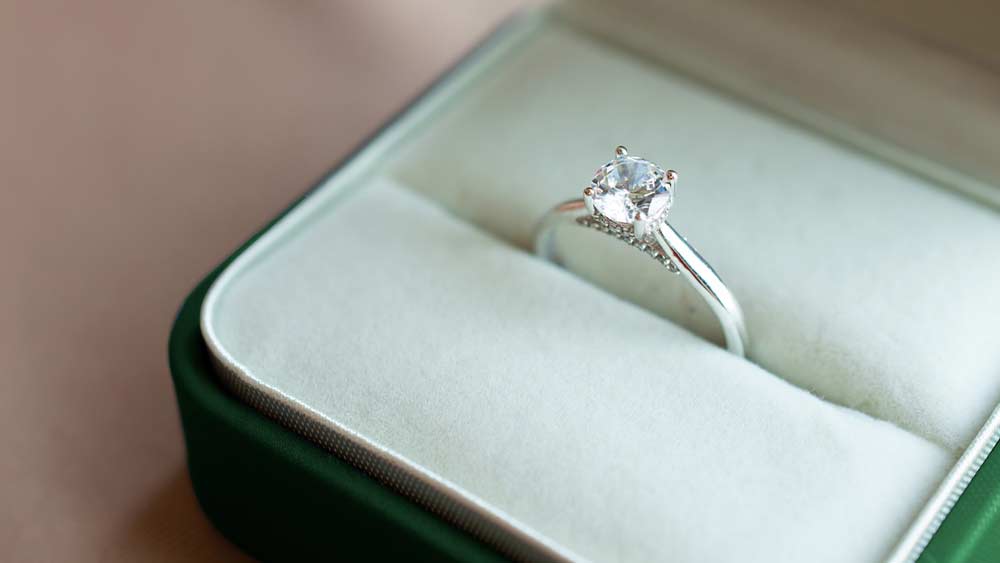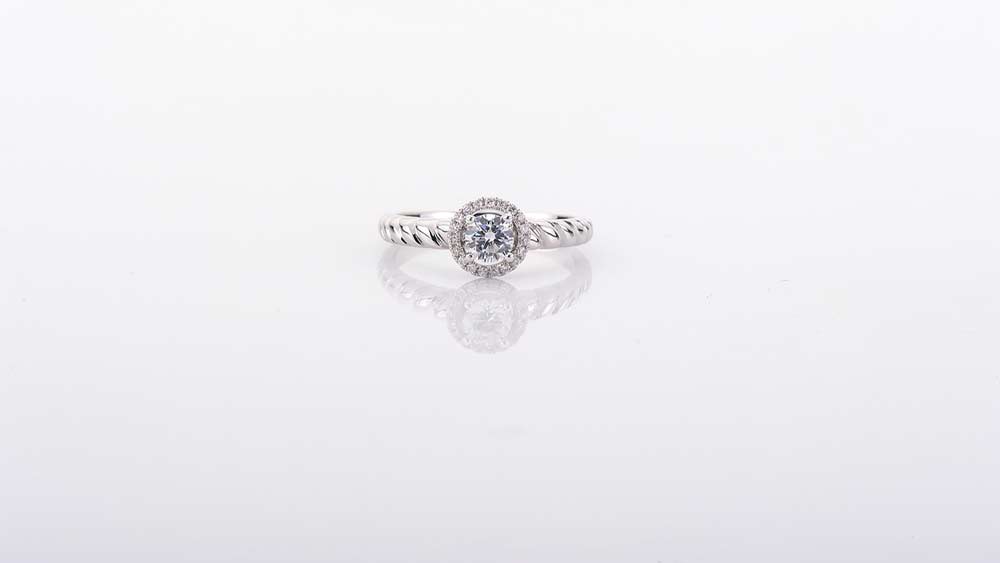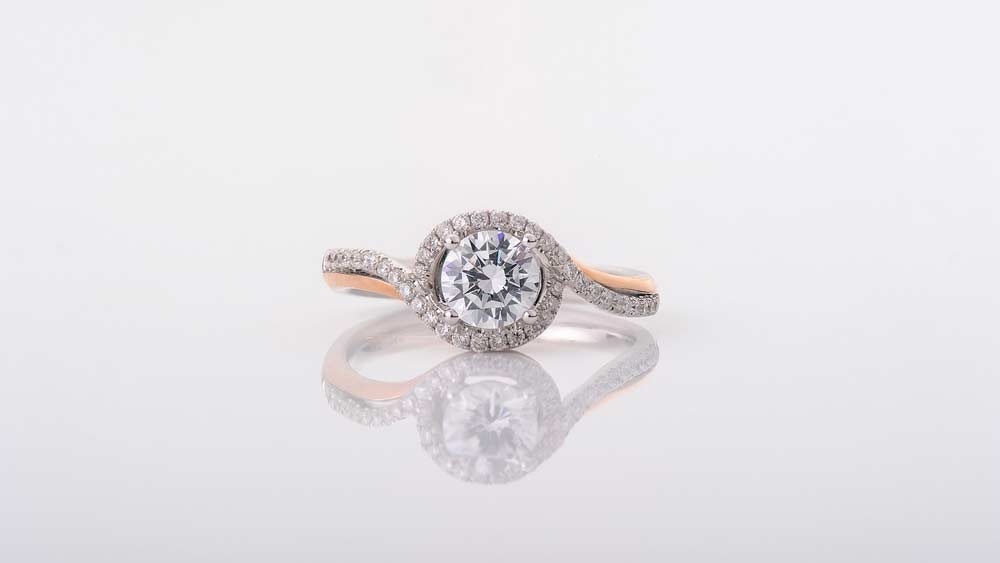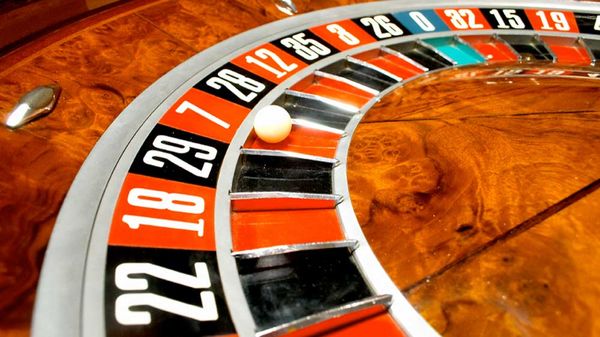
Oct 24
What You Need To Know About Diamond Certification When Selling
READ TIME: 4 MIN.
Newbies in the jewelry industry assume selling diamonds is all about finding a trusted buyer and finalizing the transaction. That rookie approach has put many jewelry sellers in trouble, leading to low-price agreements. Although your diamond's paperwork carries significant data to inform the stone's value, it is only a fragment of the actual price.
Diamond certification carries in-depth data on the stone's value, touching on characteristics, quality, and properties. Understanding the following certification details can simplify the process when selling your diamond.
1. Grading Consistency
Lab grading entities prioritize different aspects of the diamond assessing and grading process. Reputable entities prioritize the reliability of the clarity, color, and cut grades. Consistent grading helps measure a company's commitment to eliminating price inconsistencies that affect resale value. You want to sell diamond ring to a reputable certifying body with standardized grading practices because that makes buyers more confident in the characteristics and quality of their purchase.
Entities that have consistent grading practices gain more respect among buyers and jewelers. Consistently graded diamonds meet buyer expectations in appearance and quality, which speeds up the resale process and increases the chances of securing higher prices. Entities maintaining consistent grading decisions across diverse diamond grading categories are more reliable.

Source: Colin Behrens from Pixabay
2. The Diamond Grading Industry Has no Strict Rules
Many jewelry sellers should know about the industry and the laws governing it. It will surprise you that no government has ever enacted guidelines and regulations to govern gem certifications. Every company with a small following proclaims its heroism in certifying gems, only to disappoint clients later. Only a few acknowledged norms determine who can test the diamonds, write the certifications, and the qualities and elements described on the certificates.
Diamond certification labs that attach value to your gems are usually a red flag. Credible labs evaluate and grade diamonds from scientific aspects. They will never add price values to the diamond rings, giving you the power to price your gems based on your understanding of current market trends.

Source: dtjelit from Pixabay
3. Diamond Grading is Subjective
There is no established and accredited organization to offer final comments about diamond clarity and definitions. Additionally, you will have no internationally accepted standards to follow when defining the character of graded diamond qualities. Grading entities prioritize the two most subjective diamond categories–clarity and color.
The experience and expertise of gemologists have extensive influence on grading. Different graders interpret diamond characteristics from various angles, which depends on personal judgment and training. Different gemological laboratories have different grading standards and criteria, which causes variations in diamond assessment.
The grading environment determines the perceived quality, with lighting affecting clarity and color. Gemologists are usually subjective when evaluating features like fire and brilliance. Market trends and emotional factors come into play during diamond assessment and grading.
4. The Certification Outcomes Depend on the Lab
Diamond sellers should verify the quality of instruments and tools before selecting a gemological lab. Besides tools and instruments, the grading criteria and standards affect the accuracy and consistency of grading to determine the final results. Trusted laboratories have rigorous grading processes, which command higher market and trust than labs with less strict grading standards.
These labs have consistent and reliable grading practices, guaranteeing higher quality assurance. Highly trained graders offer more consistent and precise assessments. The best gemological labs have more transparent grading methodologies and processes, which ultimately affect the perception of the certifications in the market.
Market trends usually affect the reputation of gem grading and certifications. Buyers gravitate towards specific certifications if they are more trustworthy and desirable to their current needs.

Source: dtjelit from Pixabay
5. Use Certifications for Comparative Shopping
Diamond ring owners wanting to sell their gems should compare several certification reports. These certifications offer detailed data on the carat weight, cut, clarity, and color, which affect the ring's value, appeal, and quality. Rings with excellent cuts have remarkable sparkle and brilliance. Those with top color grades show the closeness of the stone to colorlessness. Clarity in these stones indicates the existence of blemishes and inclusions, affecting the cleanliness of the diamond.
You want to look for unique characteristics and descriptions in the certification reports. You will be amazed to discover diamonds with similar color grades and carat weights but differing in clarity and cut quality. Remember, diamonds with superior cut grades reflect better on light, delivering outstanding visual appeal. Some reports detail critical data concerning the diamond's fluorescence, which affects its appeal under varying lighting conditions.
Consider the laboratory's certification standards, ensuring they use ethical practices and advanced technologies to maximize the quality of outcomes. Evaluating these elements will guide your decisions when pricing your diamond ring to meet market prices.
Wrapping Up
Do you have an old diamond ring or jewelry you want to sell? Understanding the diamond certification helps you to price your gem accordingly and find the most suitable clients. You want to work with trusted gemological labs that maintain consistency in their gem grading. They should have strict rules on gauging and grading jewelry to ensure they give more accurate grades. Additionally, the lab should offer fair grading and rarely focus on pricing the gems because that barely meets ethical grading standards.







